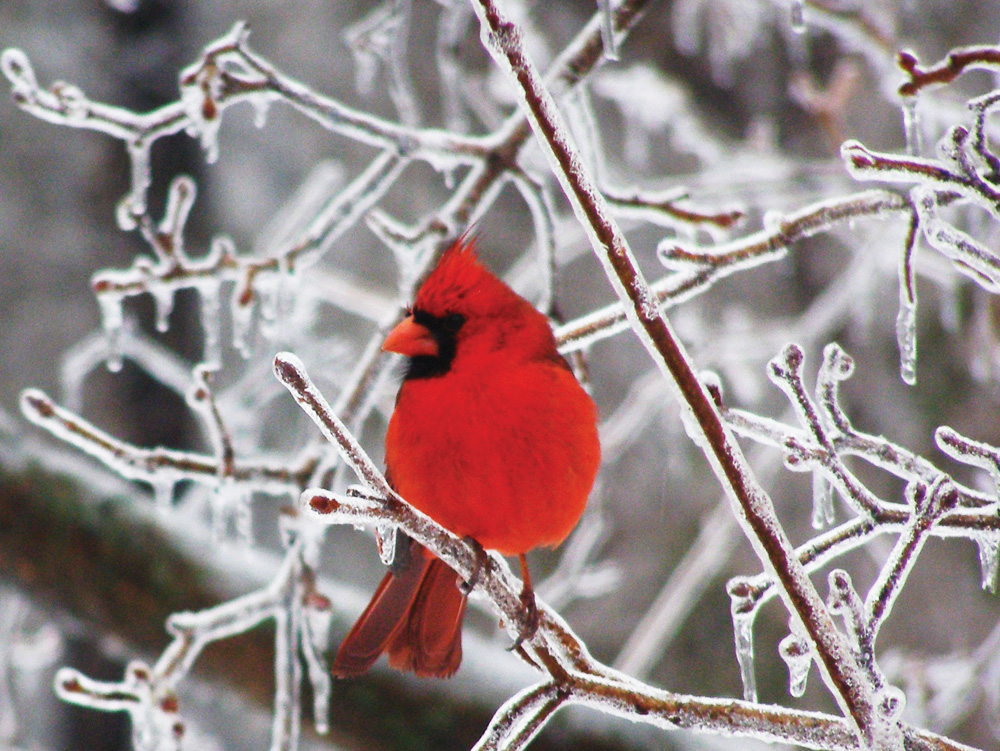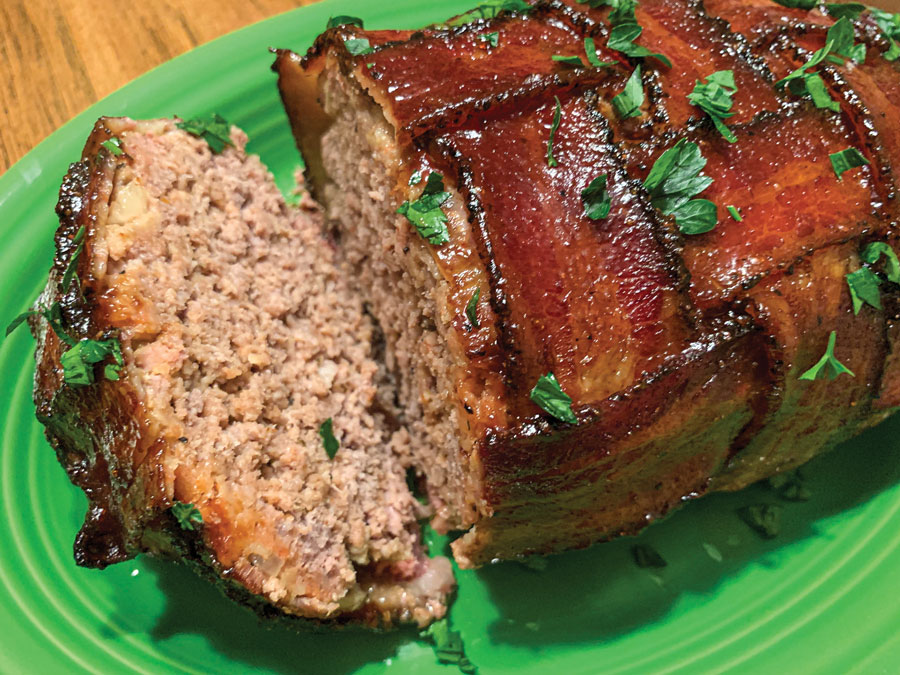During the warm months, gardeners and outdoor lovers are usually aware of the dreaded poison ivy’s “leaves of three.” And, like the adage says… “leave them be.” Brush killer and carefully grubbing out the plants wearing gloves usually takes care of the problem.
As leaves fall and the weather cools, it is easy to drop our guard of poison ivy, but the threat is still there.
A mother and father laughed at their toddler’s clumsy attempts wearing daddy’s work boots and gloves. They were soon to find out, it was no laughing matter.
The parents were awakened to the cries of an inconsolable child covered with burning, itching blisters. Poison ivy … but how in the world did it happen?
It goes back to the toxic irritant in poison ivy – urushiol oil. The blistering agent is found in the leaves, vines and stalks of poison ivy and the cause of the burning, itching blisters.
The child had become infected by the urushiol on her father’s work boots and gloves. Dad had been clearing a patch of poison ivy several weeks before and the effect of urushiol can last for months. Only a thorough washing in a strong bleach solution will neutralize it.
Another family contaminating culprit can be Fido, the family dog. Dogs have no allergic reaction to poison ivy and can carry urushiol on their fur. After the dog has romped through a patch of poison ivy, petting it can be the same as running your hands through the ivy patch. The dog rubbing up against a bare leg can result in burning blisters as well. If it stretches out on the couch, it too can become a source of urushiol contamination.
If your dog has been romping in a poison ivy patch, give it a bath with Dawn liquid soap to decontaminate it.
If firewood is burned in the home, it too can be a source of poison ivy. When cut, all firewood should be stripped of vines while in the woods. Never burn poison ivy in brush fires as the smoke carries the urushiol into the air.
After a possible contamination, start by rinsing your hands and arms and any affected areas thoroughly in cold water. Urushiol is slightly soluble. Once you have rinsed, wash your hands in cold water with Dawn or a strong laundry detergent. Do not use hot water as it breaks down the natural oils in the skin and allows the urushiol to penetrate.
The Mayo Clinic has pointers on home treatment of poison ivy. A poison ivy rash will eventually go away on its own. The itching can be hard to deal with making sleep difficult. Don’t scratch the blisters as they could become infected.
Steps you can take to help control the itching:
- Apply an over-the-counter cortisone cream or ointment for the first few days. Apply calamine lotion or creams containing menthol and take oral antihistamines, such as diphenhydramine, which may also help you sleep better. An over-the-counter antihistamine that won’t make you so drowsy is loratadine.
- Soak the affected area in a cool-water bath that has a half cup (100 grams) of baking soda or an oatmeal-based bath product in it.
- Place cool, wet compresses on the affected area for 15 to 30 minutes several times a day.
Just because the leaves are falling doesn’t mean we should ignore the presence of poison ivy. If we do, those itchy, burning blisters can appear when we least expect it.










